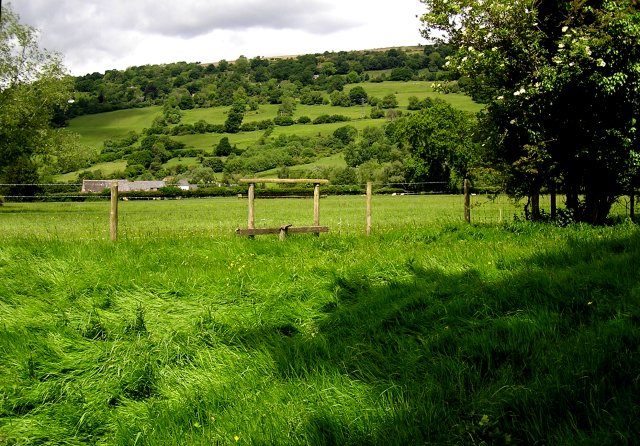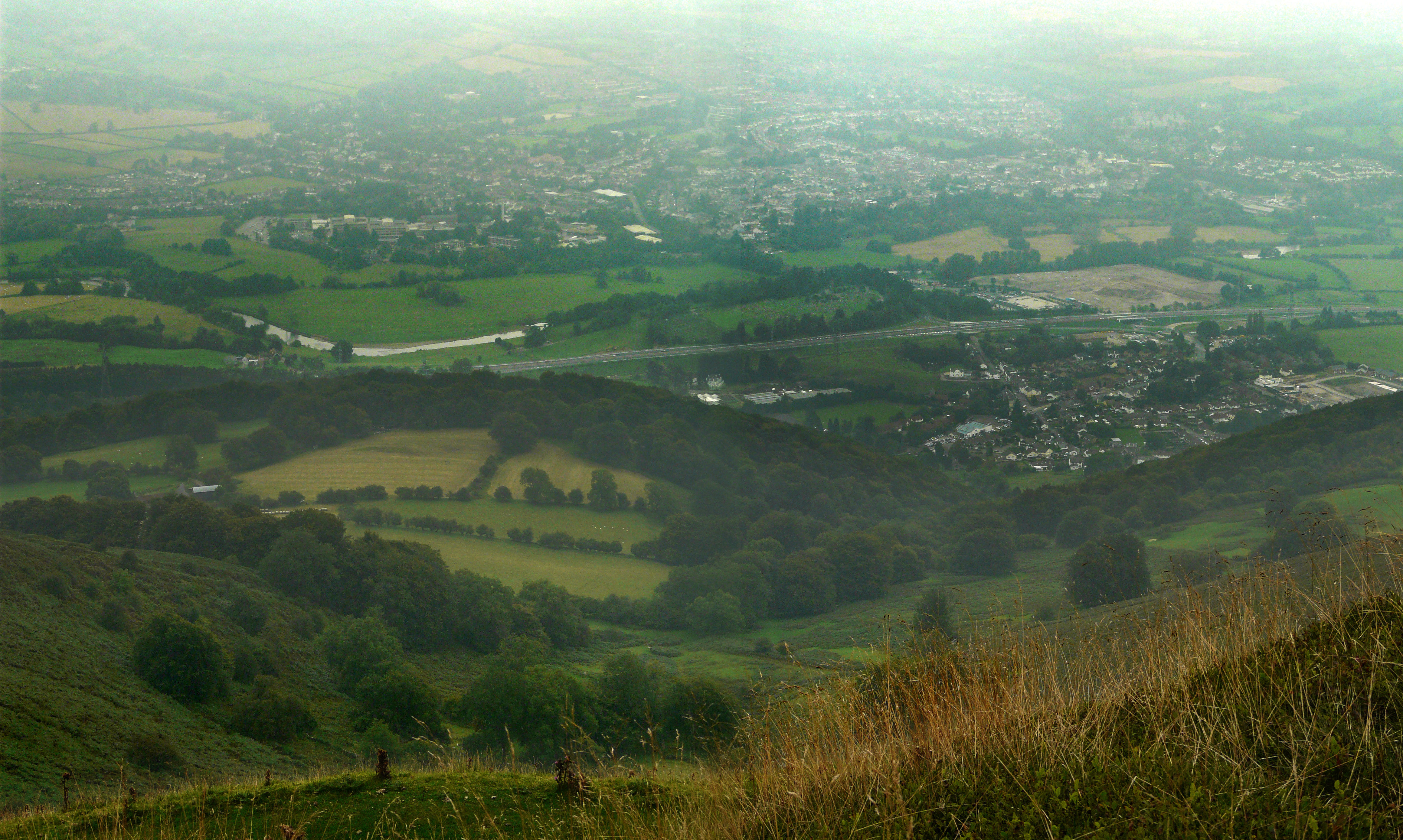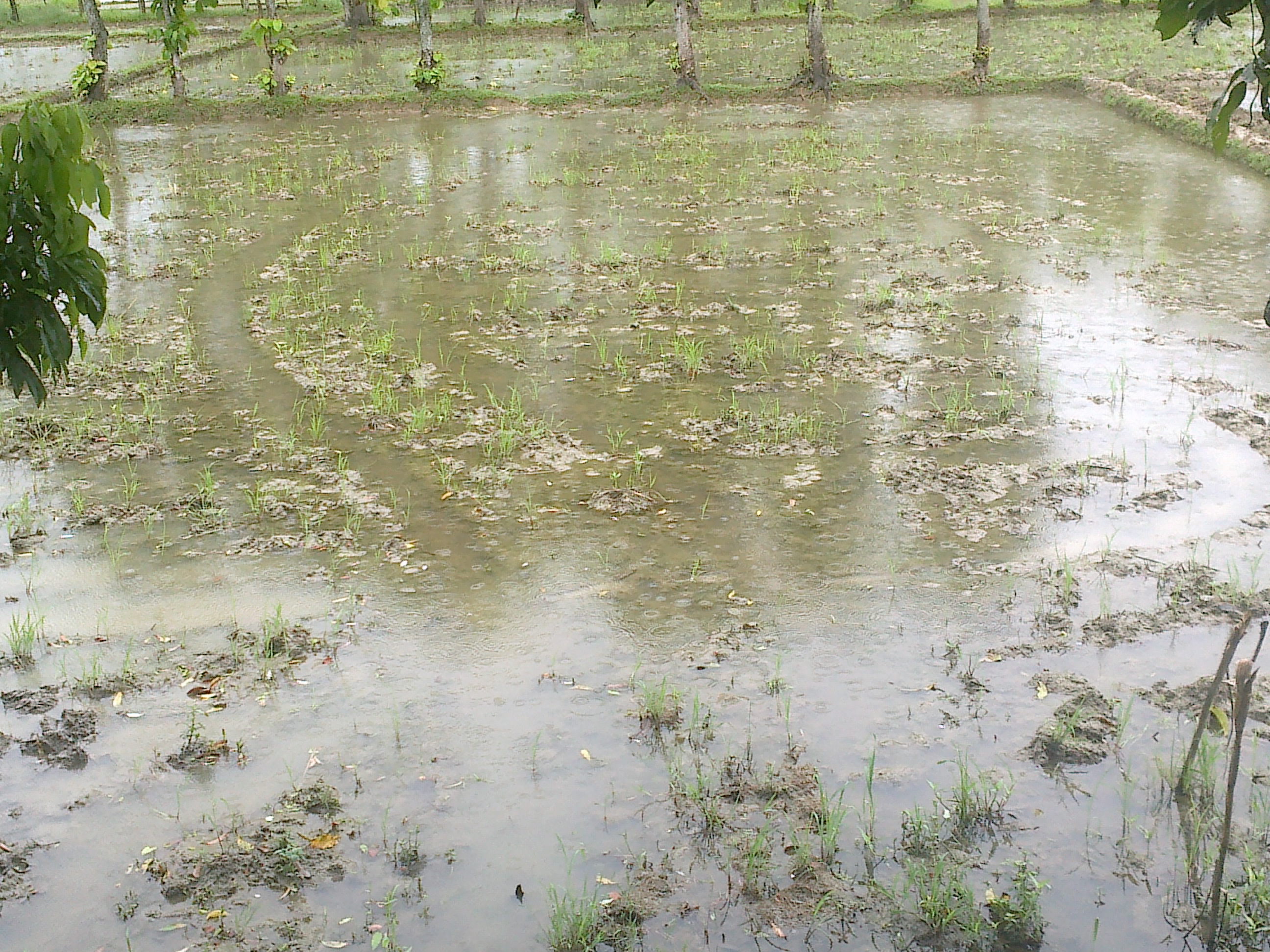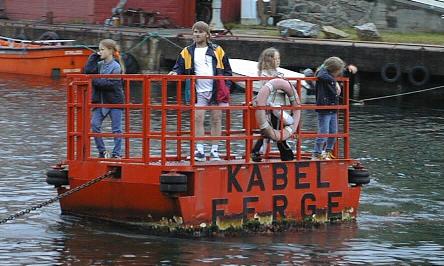|
Llanwenarth
Llanwenarth is a small village and parish in the Usk Valley of Monmouthshire, south-east Wales, United Kingdom. It is in the community of Llanfoist Fawr and covered by the electoral ward of Llanwenarth Ultra. Location Llanwenarth is located west of the market town of Abergavenny, close to the banks of the River Usk. History and amenities St Peter's Church is the parish church: an ogival-headed priest's doorway in the chancel, and two windows with reticulated tracery are assigned to the fourteenth century, and a lancet in the west wall of the nave seems to be from the thirteenth, where a square tower with battlemented top was added later. The village once had a Victorian schoolhouse (now demolished). The village, which has the full name of Llanwenarth Citra, sits in flattish grassy pastures at geograph.org betw ... [...More Info...] [...Related Items...] OR: [Wikipedia] [Google] [Baidu] |
Llanwenarth Ultra
Llanwenarth Ultra is an electoral ward near Abergavenny, Monmouthshire. The ward elects councillors to Llanfoist Fawr Community Council and Monmouthshire County Council. History and description The ward (previously a civil parish) is based around the main population centre of Govilon, a large village between Gilwern (to the west) and Llanfoist (to the east). Llanwenarth Ultra was originally a civil parish, formed from 2,433 acres of the civil parish of Llanwenarth Citra in 1874. (reproduced oRootsweb At the end of the 19th century Govilon had a population of 500 and its own railway station on the Abergavenny and Merthyr branch of the London and North Western Railway. Llanwenarth Ultra has been part of the Llanfoist Fawr community since the 1970s. According to the 2001 UK Census the population of the Llanwenarth Ultra ward was 1,354, increasing to 1,447 by the 2011 UK Census A census of the population of the United Kingdom is taken every ten years. The 2011 census was held ... [...More Info...] [...Related Items...] OR: [Wikipedia] [Google] [Baidu] |
St Peter's Church, Llanwenarth
The Church of St Peter, Llanwenarth, Monmouthshire is a parish church with reported origins in the 6/7th centuries. The current building dates from the early 14th century. Rebuilt in the 19th century, it was listed Grade II* in 1956. It remains an active Church in Wales church in the parish of Llanwenarth Citra. History The church's foundation is reputed to date from the 6/7th centuries but the present building was begun in the early 14th century. The tower has a construction date of 1631 although Cadw reports that it may be late-medieval in origin. The church was remodelled in 1877 by John Prichard and it remains an active parish church and a Grade II* listed building. Architecture and description The church is of Old Red Sandstone and is of a relatively large size. The style is Decorated Gothic. The interior contains a font which the architectural historian John Newman describes as "a very basic Norman tub". Most of the furnishings are by Prichard. In the nave is a late 18th ... [...More Info...] [...Related Items...] OR: [Wikipedia] [Google] [Baidu] |
Llanwenarth House
Llanwenarth House is a small country house, formerly a hotel, located off the B4246 road, west of Govilon and Llanfoist, just south of Abergavenny Abergavenny (; cy, Y Fenni , archaically ''Abergafenni'' meaning "mouth of the River Gavenny") is a market town and community in Monmouthshire, Wales. Abergavenny is promoted as a ''Gateway to Wales''; it is approximately from the border wi ... in the River Usk, Usk valley of Monmouthshire, Wales. It was built in the late 16th century, although the drawing room and some of the furnishings are from the Georgian period. History The exact date of the building of the house is unknown, although there are title deeds dated to 1602 for the house. In the 17th and 18th century the house was known to be owned by the Morgan family. Dassie Morgan mentioned the house in her will, dated October 7, 1620, which also requested the repair of the nearby Llanwenarth Bridge. The house was originally known as ''Ty-mawr'', "the great house", a common ... [...More Info...] [...Related Items...] OR: [Wikipedia] [Google] [Baidu] |
Govilon
Govilon ( cy, Gofilon) is a small Welsh village located between Llanfoist and Gilwern near Abergavenny in north Monmouthshire. It is part of the community of Llanfoist Fawr. the population was 1,447 in 2011. Attractions The Monmouthshire and Brecon Canal passes through the village. The village has views overlooking the valley of the River Usk and up to the heights of the southern flank of the Black Mountains, Wales. Llanwenarth House, nearby, was built in the 16th century and is operated as a hotel. Governance The Llanwenarth Ultra ward (covering Govilon) elects a county councillor to Monmouthshire County Council Monmouthshire County Council (or simply Monmouthshire Council) ( cy, Cyngor Sir Fynwy) is the governing body for the Monmouthshire principal area – one of the unitary authorities of Wales. The current unitary authority was created in 1996 an .... Llanwenarth Ultra is also a community ward, electing or co-opting up to six of the twelve community councillors to ... [...More Info...] [...Related Items...] OR: [Wikipedia] [Google] [Baidu] |
Abergavenny
Abergavenny (; cy, Y Fenni , archaically ''Abergafenni'' meaning "mouth of the River Gavenny") is a market town and community in Monmouthshire, Wales. Abergavenny is promoted as a ''Gateway to Wales''; it is approximately from the border with England and is located where the A40 trunk road and the A465 Heads of the Valleys road meet. Originally the site of a Roman fort, Gobannium, it became a medieval walled town within the Welsh Marches. The town contains the remains of a medieval stone castle built soon after the Norman conquest of Wales. Abergavenny is situated at the confluence of the River Usk and a tributary stream, the Gavenny. It is almost entirely surrounded by mountains and hills: the Blorenge (), the Sugar Loaf (), Ysgyryd Fawr (Great Skirrid), Ysgyryd Fach (Little Skirrid), Deri, Rholben and Mynydd Llanwenarth, known locally as " Llanwenarth Breast". Abergavenny provides access to the nearby Black Mountains and the Brecon Beacons National Park. The M ... [...More Info...] [...Related Items...] OR: [Wikipedia] [Google] [Baidu] |
River Usk
The River Usk (; cy, Afon Wysg) rises on the northern slopes of the Black Mountain (''y Mynydd Du''), Wales, in the westernmost part of the Brecon Beacons National Park. Initially forming the boundary between Carmarthenshire and Powys, it flows north into Usk Reservoir, then east by Sennybridge to Brecon before turning southeast to flow by Talybont-on-Usk, Crickhowell and Abergavenny after which it takes a more southerly course. Beyond the eponymous town of Usk it passes the Roman legionary fortress of Caerleon to flow through the heart of the city of Newport and into the Severn Estuary at Uskmouth beyond Newport near the Newport Wetlands. The river is about long. The Monmouthshire and Brecon Canal follows the Usk for most of the length of the canal. Etymology The name of the river derives from a Common Brittonic word meaning "abounding in fish" (or possibly "water"), this root also appears in other British river names such as Exe, Axe, Esk and other variants. The nam ... [...More Info...] [...Related Items...] OR: [Wikipedia] [Google] [Baidu] |
Llanfoist
Llanfoist ( cy, Llan-ffwyst) is both a village near Abergavenny, in Monmouthshire, Wales, and the community of Llanfoist Fawr. Llanfoist derives from ''Ffwyst'', an early Christian Welsh saint, although the anglicised version of the church patron is ''Saint Faith''. The population was 1,228 in 2011. The Church of St Faith 1901 Kelly's Directory of Monmouthshire describes the parish church of St Faith's: The church holds records for baptisms from 1736–1975, for marriages from 1736–1971, for banns from 1824–47 and 1890–1933, and for burials from 1736-1945. There are also Bishops Transcripts for 1725-32, 1734–51, 1753-4, 1756–75, 1777–1806, 1808–10, 1813, 1815–16, 1820–37, 1841–58, 1862–1865, 1869 and 1880. The parish of Llanelen has historically been held with Llanfoist, although since the retirement of the last resident Rector, the Reverend Thomas Arthur Foster (1923-2010) in 1992 the parishes have been served from Govilon (Llanwenarth Ultra). At the ti ... [...More Info...] [...Related Items...] OR: [Wikipedia] [Google] [Baidu] |
Blorenge
Blorenge, also called The Blorenge (; cy, Blorens), is a prominent hill overlooking the valley of the River Usk near Abergavenny, Monmouthshire, southeast Wales. It is situated in the southeastern corner of the Brecon Beacons National Park. The summit plateau reaches a height of . Geography Blorenge overlooks the market town of Abergavenny and the villages of Llanfoist and Govilon in the Usk Valley to the north. At the foot of the hill lies the Monmouthshire & Brecon Canal. It drops away steeply to the northwest into Cwm Llanwenarth. To the south, gentler slopes fall away to Blaenavon at the head of the Lwyd valley. Prominent peaks seen from the Blorenge include the Skirrid to the east of Abergavenny and the Sugar Loaf to the north. The high moorland ridge continues to the south of the minor road at Foxhunter car park and assumes the name Mynydd y Garn-fawr. The cairn referenced in the title of this southerly shoulder of Blorenge may be that now known as Carn y Defaid whic ... [...More Info...] [...Related Items...] OR: [Wikipedia] [Google] [Baidu] |
Farmland Near Llanwenarth - Geograph
Agricultural land is typically land ''devoted to'' agriculture, the systematic and controlled use of other forms of lifeparticularly the rearing of livestock and production of cropsto produce food for humans. It is generally synonymous with both farmland or cropland, as well as pasture or rangeland. The United Nations Food and Agriculture Organization (FAO) and others following its definitions, however, also use ''agricultural land'' or as a term of art, where it means the collection of: * ''arable land'' (also known as ''cropland''): here redefined to refer to land producing crops requiring annual replanting or fallowland or pasture used for such crops within any five-year period * ''permanent cropland'': land producing crops which do not require annual replanting * ''permanent pastures'': natural or artificial grasslands and shrublands able to be used for grazing livestock This sense of "agricultural land" thus includes a great deal of land not devoted to agricultural use. Th ... [...More Info...] [...Related Items...] OR: [Wikipedia] [Google] [Baidu] |
Hampton Loade Ferry
Hampton Loade Ferry was a pedestrian cable ferry linking the villages of Hampton Loade and Hampton across the River Severn in the English county of Shropshire and providing a link to Hampton Loade village from Hampton Loade station on the heritage Severn Valley Railway, in Hampton village. The crossing had been in use for around 400 years, and may have provided a route across the Severn during the Middle Ages. During flooding on Sunday 13 December 1964 at 3.25 PM the ferry sank drowning the operator and caused inconvenience for the hamlet residents who had to take detours. The service was restored the following year. In 2004 a new ferry was built by the nearby Ironbridge Gorge Museum to the design of the previous boat, which had seen 38 years' service. The new craft was of wooden construction, measures 20 feet by 9 feet, and carried up to 12 passengers. The ferry was affected by the floods of 2007, which damaged the river banks and access roads and also affected the Se ... [...More Info...] [...Related Items...] OR: [Wikipedia] [Google] [Baidu] |
Cable Ferry
A cable ferry (including the terms chain ferry, swing ferry, floating bridge, or punt) is a ferry that is guided (and in many cases propelled) across a river or large body of water by cables connected to both shores. Early cable ferries often used either rope or steel chains, with the latter resulting in the alternative name of chain ferry. Both of these were largely replaced by wire cable by the late 19th century. Types There are three types of cable ferry: the reaction ferry, which uses the power of the river to tack across the current; the powered cable ferry, which uses engines or electric motors (e.g., the Canby Ferry in the U.S. State of Oregon) to wind itself across; and the hand-operated type, such as the Stratford-upon-Avon chain ferry in the UK and the Saugatuck Chain Ferry in Saugatuck, Michigan, United States. Powered cable ferries use powered wheels or drums on board the vessel to pull itself along by the cables. The chains or wire ropes can be used with a su ... [...More Info...] [...Related Items...] OR: [Wikipedia] [Google] [Baidu] |
Monmouth Show
The Monmouthshire Show is the largest one-day agricultural show in Wales, taking place annually in Monmouth on the first Saturday in July. Origin The origin of the show dates back to the 1790s when Monmouth's agricultural society organised ploughing matches. However it was not until 1857 that it was proposed that a cattle show should be created. On 30 May 1857, the eighth Duke of Beaufort gave ten pounds and John Rolls placed twenty pounds into a fund to start the Monmouth Cattle Show. The show was first staged in the October of the same year. Rolls was President of the show for his lifetime and he was succeeded by his son John Allan Rolls in 1870. Venues In 1876 the show was held in the town's newly established cattle market in Chippenham Fields. The show was then held annually (firstly in October, but then eventually moved to August – taking up its now traditional date of the last Thursday in August) up until the First World War. The show was restarted in 1919 when ... [...More Info...] [...Related Items...] OR: [Wikipedia] [Google] [Baidu] |







